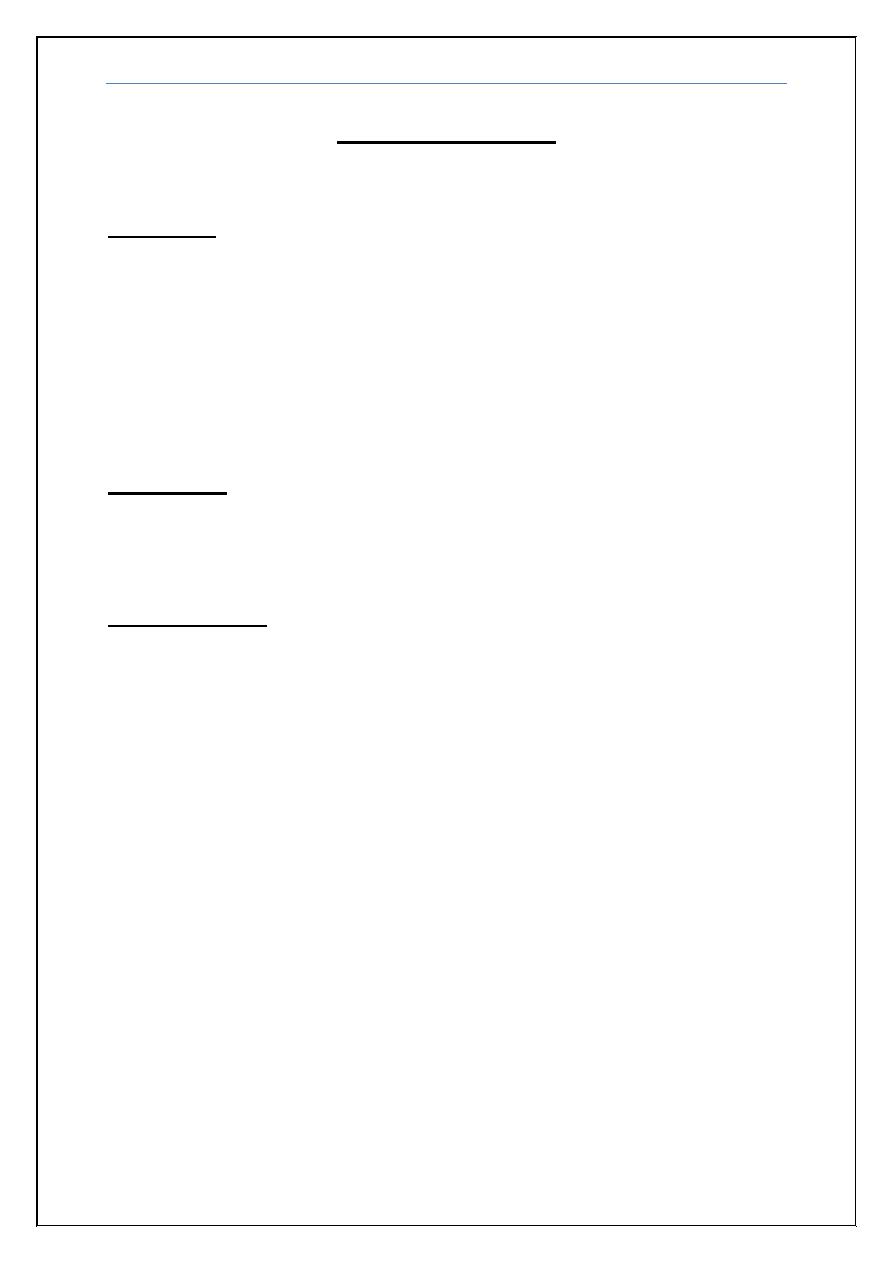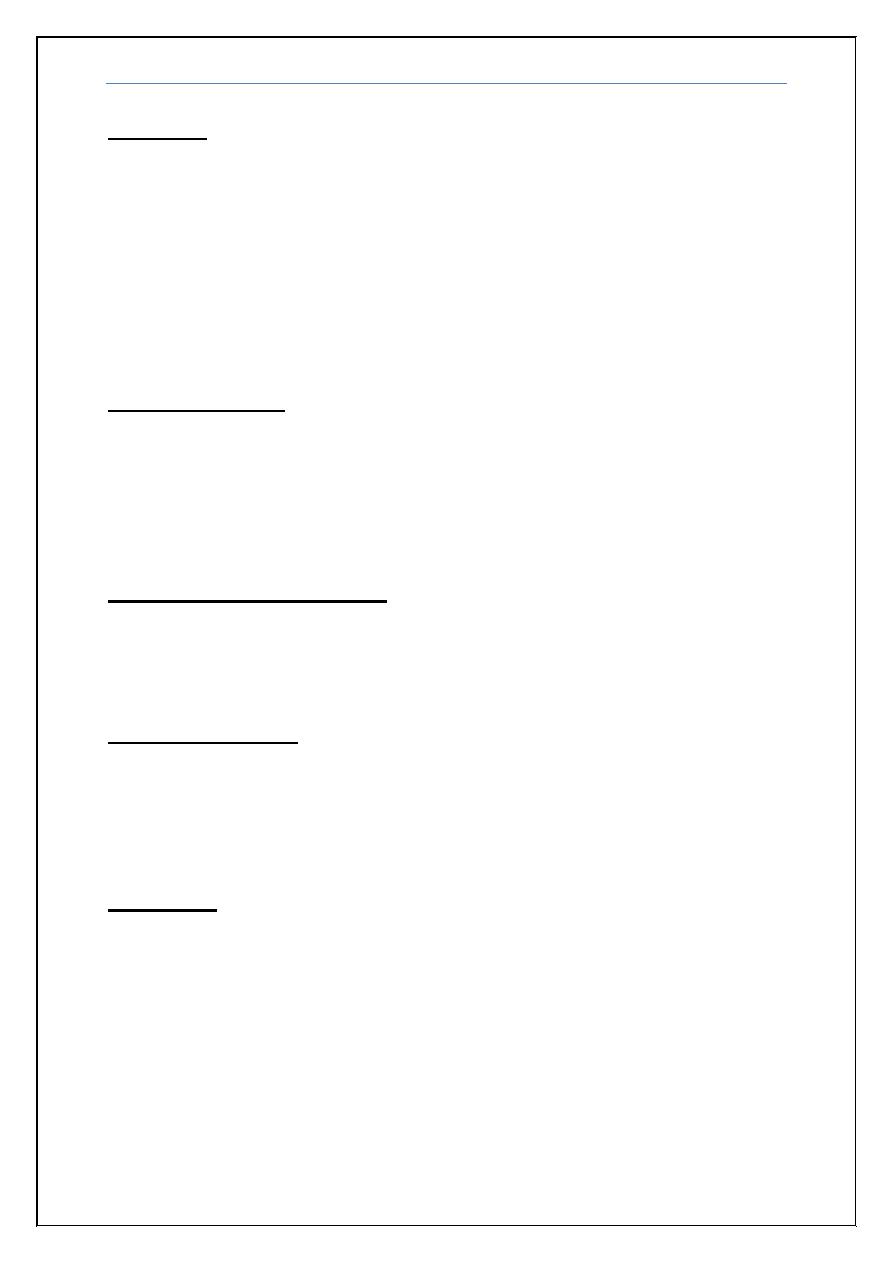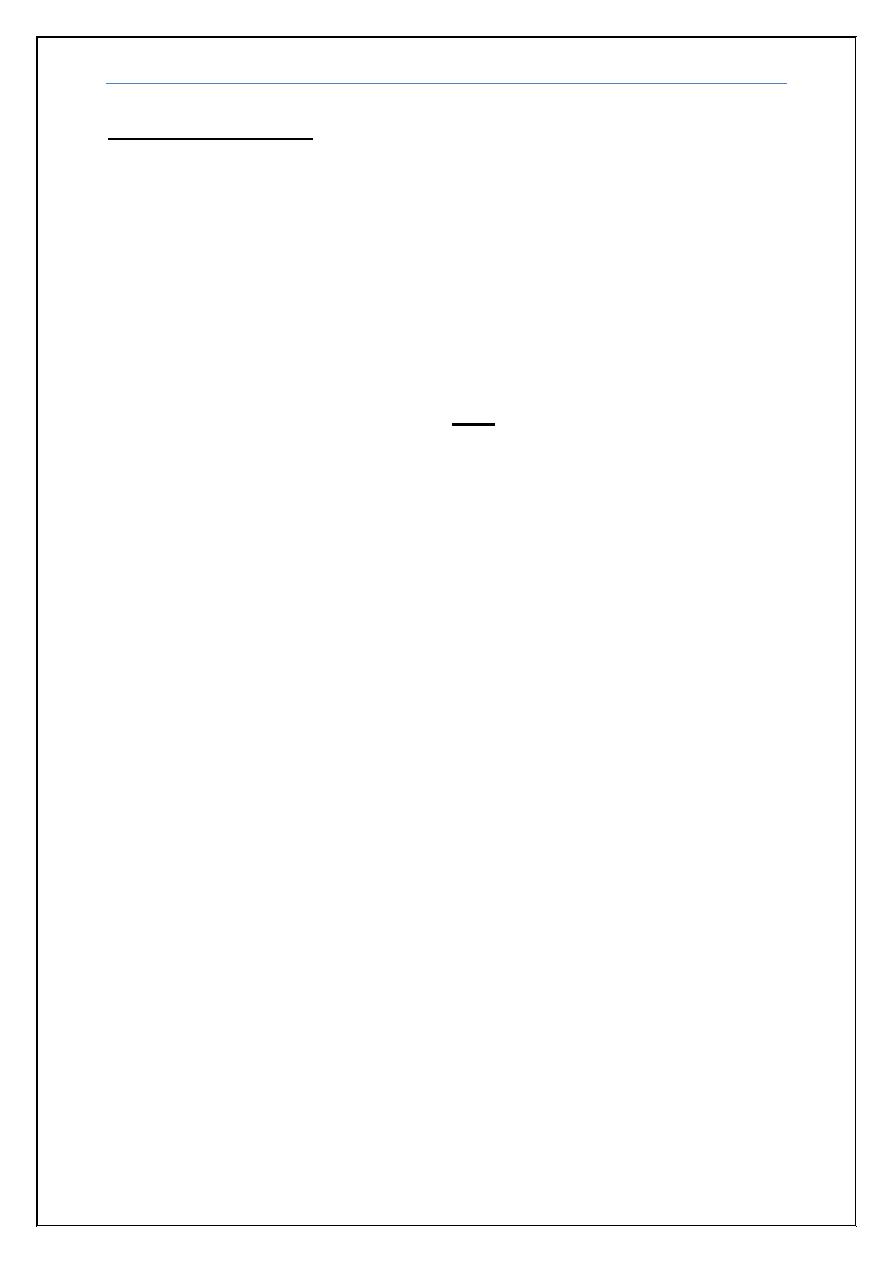
Medicine
Dr. Zuhair
Neurology
“
Myasthenia Gravis
”
Dr. Zuhair
LECTURE 14

Myasthenia Gravis Dr. Zuhair
2
Myasthenia Gravis
Objectives
To be familiar with presentation of MG
To appreciate the potential danger of MG
To recognize the types of crises in MG
To know about prevention of crises
To know about the initial management of crises in MG.
To know about inpatient follow up.
.
Mechanism
• Autoimmune disease directed against the neuromuscular junction.
• Etiology: idiopathic.
Clinical picture
• Chronic relapsing-remitting
• Affects young females mostly
• Potentially life threatening
• Fatigable muscle weakness
• Variable
• Asymmetric
• Cranial nerves initially affected

Myasthenia Gravis Dr. Zuhair
3
Diagnosis
Bed side test: Simpson’s, Tensilon’s
TFT, Connective tissue screen
CT scan chest
Anti-bodies
Repetitive nerve stimulation: decremental
Single fiber EMG
Crises: Diagnosis
• Myasthenic: more common
• Cholinergic: rare
Clinical: sweating, salivation, bronchial secretions, miosis, bradycardia
Tensilon test
Crises: initial Management
Myasthenic: RCU, Intubation, IVIg, Plasmapharesis
Cholinergic: RCU, Intubation
Crises: Prevention
• Immunomodulation
• IVIg
• Plasmapharesis
Treatment
• Anti-cholineasterases (Pyridostigmin)
• Preventing crises
• Immunological therap
Steroids\steroid sparing agents
Thymectomy
Immunosuppressants

Myasthenia Gravis Dr. Zuhair
4
Inpatients follow up
Counting up to 20
Forced Vital Capacity: 30mL/kg
Check for cholinergic hyperstimulation
Check for side effects of IVIg, Plasmapharesis
Check for side effects of steroids
Treat infection aggressively
Prevent Veno-Thromboembolic phenomena
End
